Running AWS Lambda in Production: Best Practices for a Scalable Serverless Architecture
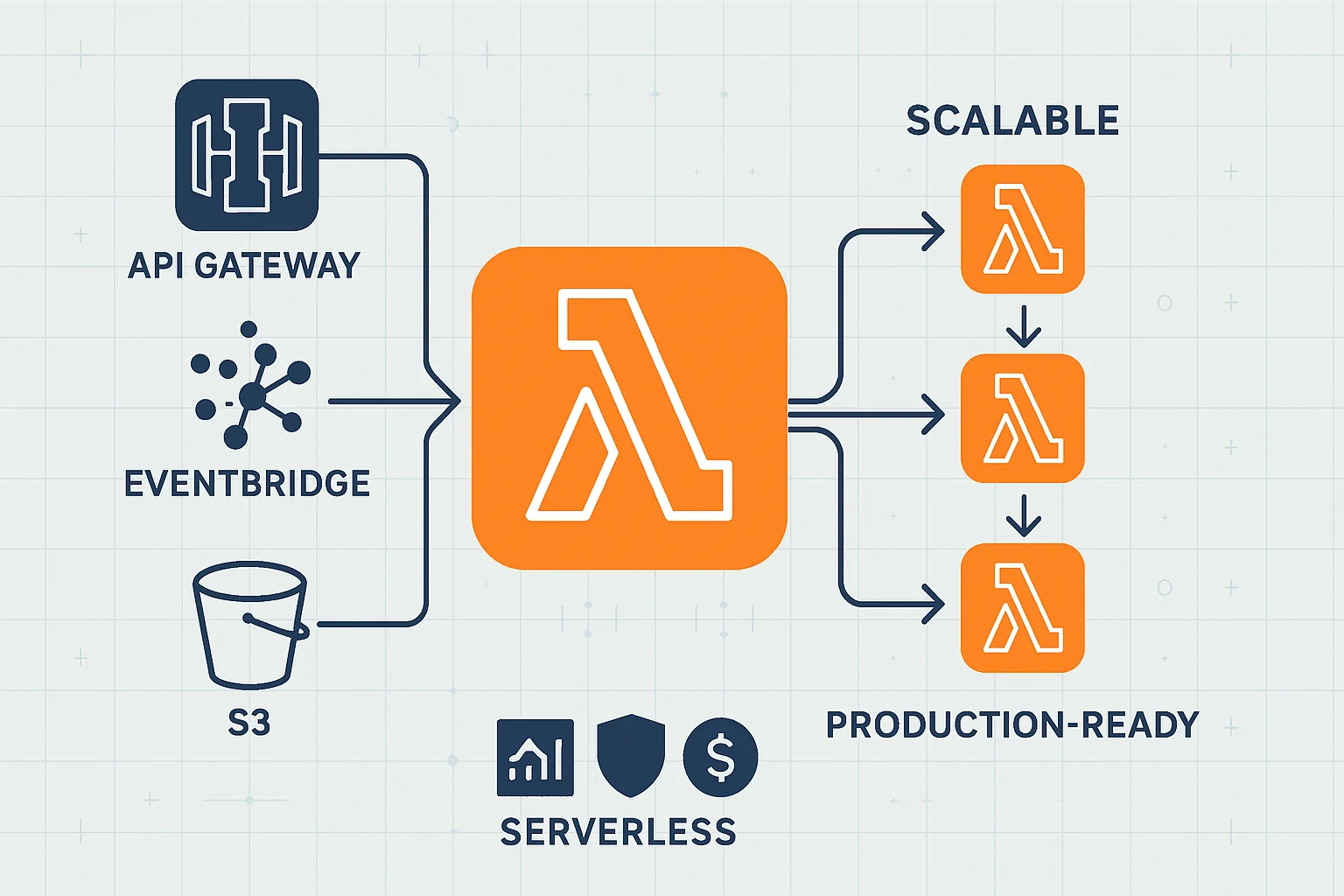
If you've ever built a quick AWS Lambda function and thought, "This is amazing — no servers, automatic scaling, and I only pay when it runs!" — you're not alone. Lambda is a core part of serverless computing on AWS, and it's awesome for event-driven applications.
But when it comes to running AWS Lambda in production, there's more to think about than just writing code and hitting deploy.
In this blog, I'll walk you through everything I've learned from deploying real-world, production-ready serverless workloads — from performance tuning and security to cost control and observability.
1. Design Your Serverless Architecture Wisely
One of the most important aspects of building production-grade Lambda functions is architectural design.
- Stateless Functions: Lambda should never rely on local state. Store data in Amazon S3, DynamoDB, or RDS.
- Follow the Single Responsibility Principle: Keep each function focused on a single task. It makes your code easier to maintain, test, and scale.
- Use Event-Driven Services: Connect systems using Amazon EventBridge, SNS, or SQS to build loosely coupled and scalable systems.
To expose your Lambda via HTTP:
- Use Amazon API Gateway for full control and features.
- Use Application Load Balancer (ALB) for a lower-cost alternative for internal HTTP triggers.
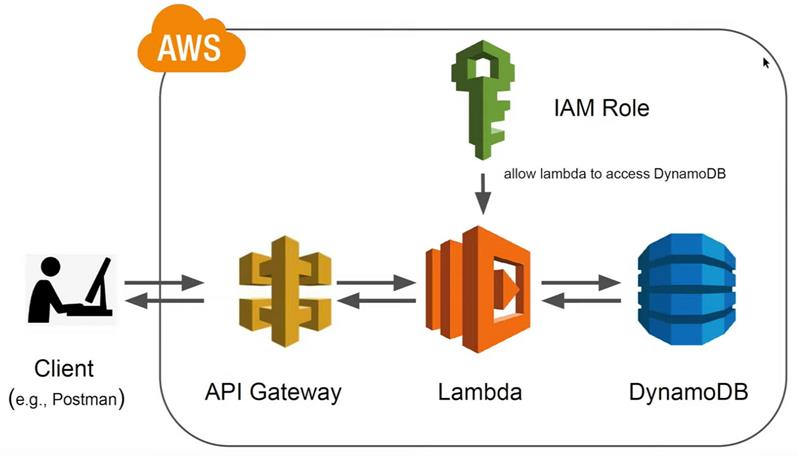
2. AWS Lambda Performance Optimization
When running AWS Lambda in production, you'll need to address cold starts, memory allocation, and startup latency.
Cold Start Optimization:
- Use provisioned concurrency to keep instances warm.
- Prefer Python or Node.js runtimes for faster cold starts.
- Avoid VPC configurations unless required — they increase cold start time.
Memory vs CPU Tuning:
More memory = more CPU = faster execution. Benchmark various configurations to find the optimal cost/performance balance.
Minimize Deployment Package Size:
Smaller packages mean faster cold starts. Offload large dependencies using Lambda Layers.
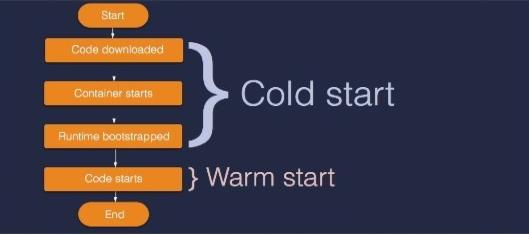
3. Monitoring and Observability with AWS Tools
Visibility is everything in production. Here's how to stay on top of your serverless application:
- Enable CloudWatch Logs: Capture logs for debugging and performance monitoring.
- Use AWS X-Ray: For distributed tracing of Lambda functions and integrated services.
-
Set CloudWatch Alarms on key metrics like:
-
Error Count -
Throttles -
Duration -
ConcurrentExecutions
-
For deeper analysis, use Lambda Insights to monitor memory, CPU usage, and execution behavior in real time.
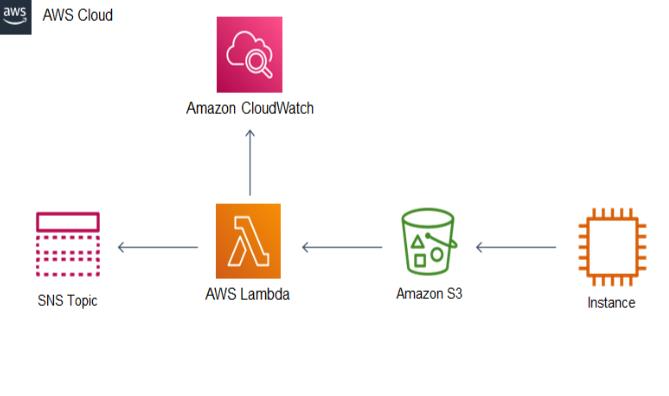
4. Security Best Practices for Serverless Applications
Security in a serverless architecture is just as important as in traditional systems.
- IAM Role Restriction: Apply the principle of least privilege to your Lambda roles.
- Secure Secrets Handling: Use AWS Secrets Manager or KMS-encrypted environment variables.
- Protect APIs with WAF: If using API Gateway, implement AWS WAF to block common web threats.
Security Tip:
Create separate IAM roles for each Lambda function to minimize the blast radius in case of a security breach.
5. Deployment Strategies for AWS Lambda
You don't want to manually upload zip files in production. Automate everything.
Popular tools for AWS Lambda CI/CD:
- AWS SAM (Serverless Application Model)
- Serverless Framework
- Terraform
- CloudFormation
Use Lambda versions and aliases to enable:
- Canary deployments
- Blue/green deployments
- Instant rollback to stable versions
This gives you safer, controlled rollouts with minimal downtime.
6. Error Handling and Resilience
When running serverless apps in production, expect things to fail. Plan for it.
- Built-in Retries: Lambda retries async events 2 more times on failure.
- Dead Letter Queues (DLQ): Capture failed events with SQS or SNS to prevent data loss.
- Function Idempotency: Ensure functions handle duplicate executions gracefully.
- Set Timeouts Smartly: Adjust based on actual task duration. Max timeout is 15 minutes.
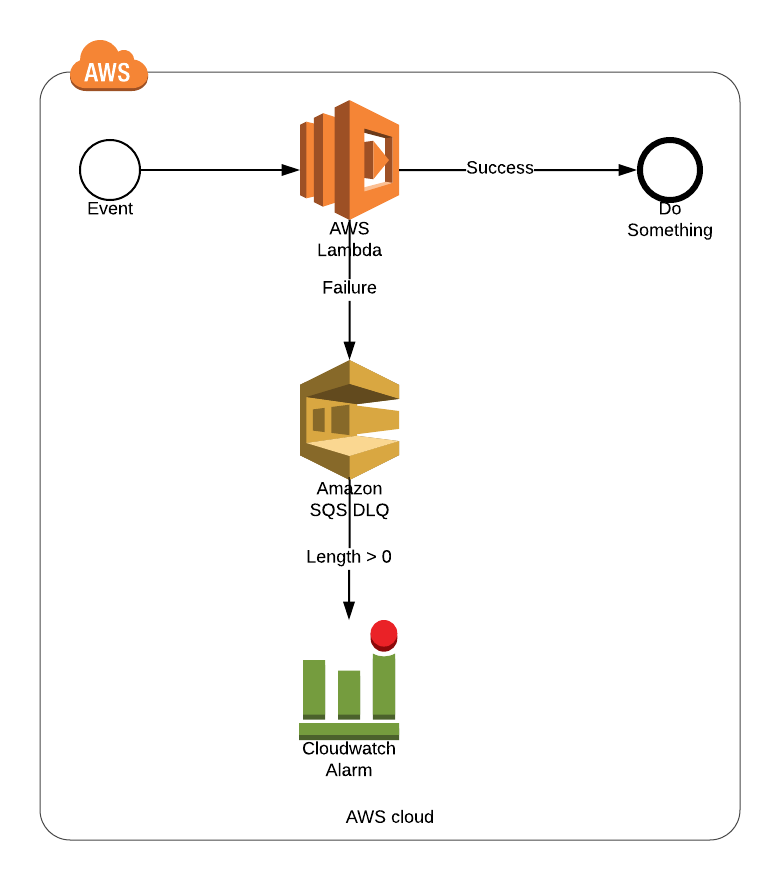
7. AWS Lambda Cost Optimization
Lambda's pay-per-use model is cost-effective — if you use it wisely.
- Benchmark and Adjust Memory: Don't under-allocate. More memory can mean faster execution and lower cost.
- Use ARM/Graviton2 Functions: Arm64 architecture offers up to 20% better price-performance.
- Monitor with AWS Cost Explorer and set alerts for anomalies.
If you're running thousands of invocations per second, consider comparing Lambda vs Fargate based on sustained workloads.
Cost Saving Tip:
For CPU-intensive functions, increasing memory allocation might actually reduce costs as functions complete faster.
8. Know the AWS Lambda Limits
Here are a few production-relevant limits you should know:
| Limit | Default |
|---|---|
| Max Execution Time | 15 minutes |
| Sync Payload Limit | 6 MB |
| Async Payload Limit | 256 KB |
| Package Size | 50 MB (zip) or 250 MB (uncompressed) |
| Concurrent Executions | 1,000 (increasable via request) |
Knowing these helps avoid runtime surprises and helps you scale better.
9. Testing Strategies for Production-Ready Lambda
Testing is crucial before deploying to production. Here's how to do it right:
- Local Testing: Use SAM CLI or Docker to simulate the Lambda environment.
-
Unit Testing:
Mock AWS services using tools like
moto(Python) oraws-sdk-mock(Node.js). - Integration Testing: Create staging environments that mirror production configurations.
Automate all tests as part of your CI/CD pipeline for continuous reliability.
Final Thoughts: Run Lambda Like A Pro
Running AWS Lambda in production isn't hard — but it requires discipline. By following best practices around architecture, monitoring, deployment, security, and cost optimization, you can build scalable, reliable, and cost-efficient serverless applications.
Serverless is no longer just for small apps or prototypes — with the right approach, you can go enterprise-grade.
"By applying these best practices to our Lambda architecture, we reduced cold start times by 65% and cut our monthly serverless bill in half while handling 10x more traffic."
